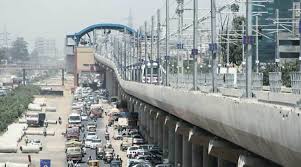
Uploaded on 2020-03-10 by T.RAMA DEVI
Nearly 31% of India’s current population lives in urban areas contributing to 63% of India’s GDP (Census 2011) and with increasing urbanisation, urban areas are expected to house 40% of India’s population and contribute to 75% of India’s GDP by 2030.1 India’s urban growth is largely concentrated in large cities with a population of 100,000 or more, the number of cities with a population exceeding 1 million has increased from 35 in 2001 to 53 in 2011, accounting for 43% of India’s urban population, and is expected to be 87 by 2030. With an aim to improve the quality of life and attract investments to the City, setting in motion a virtuous cycle of growth and development, the government of India has launched various urban development schemes, such as: SMART CITIES MISSION2: It is an urban renewal and retrofitting program by the Government of India with a mission to develop 100 cities that provide core infrastructure and give a decent quality of life to its citizens, a clean and sustainable environment and application of ‘smart’ solutions. The focus is on sustainable and inclusive development and the idea is to look at compact areas, create a replicable model which will be